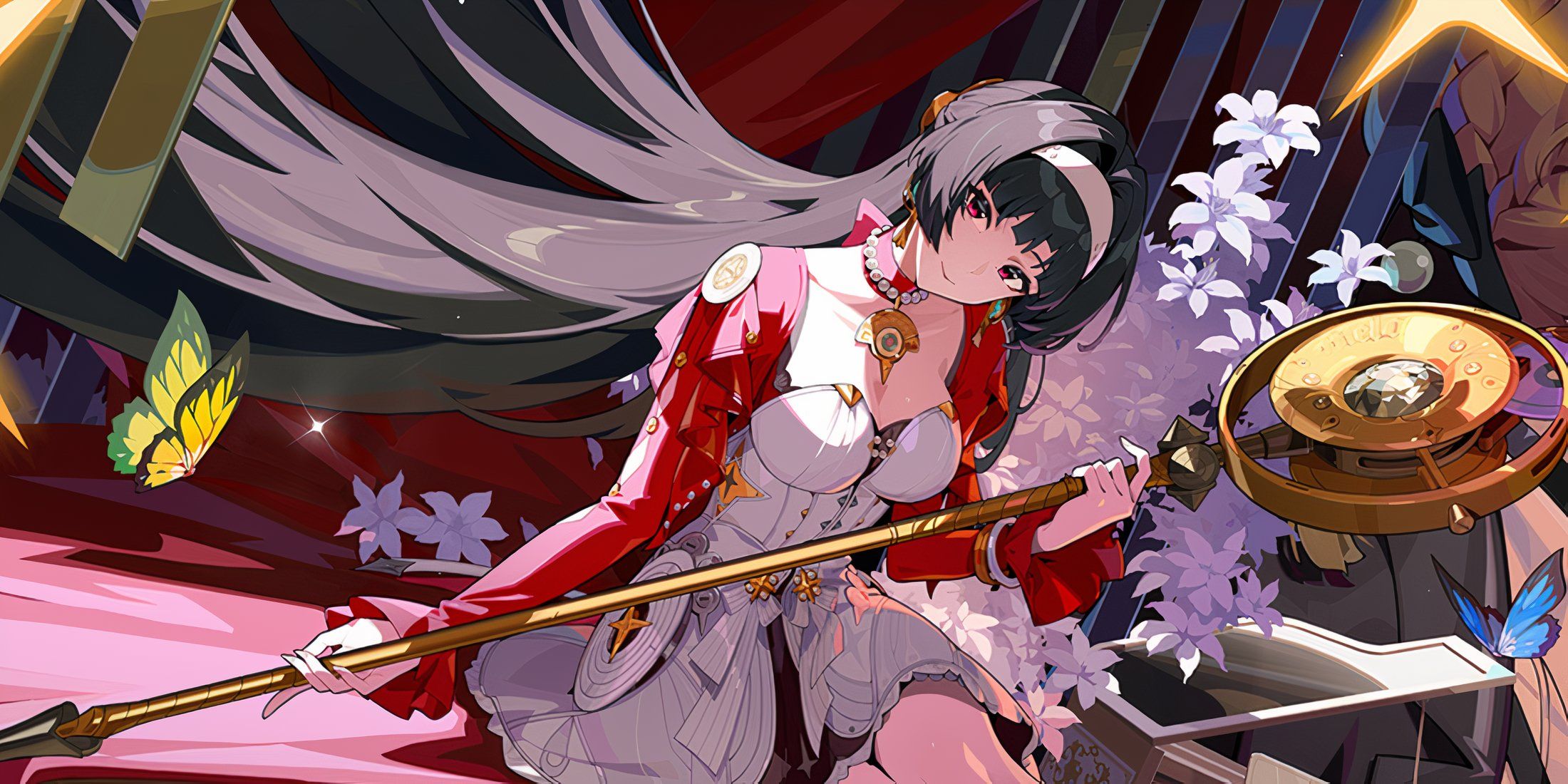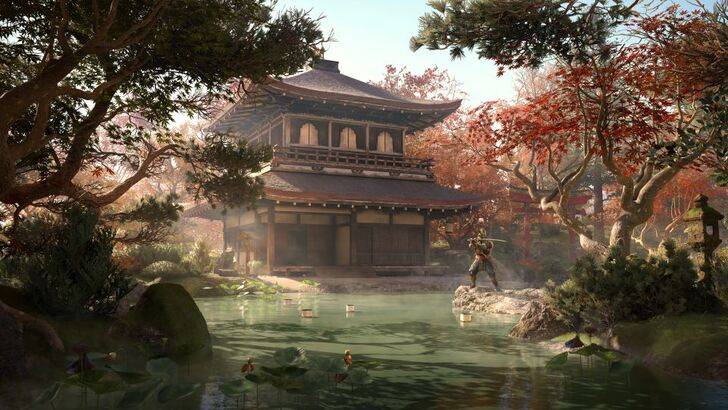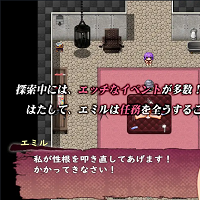This guide explores the diverse uses of Minecraft's botanical wonders, from dye creation to landscape enhancement and rare species collection. Let's delve into the unique properties and applications of various flowers in your Minecraft adventures.
Table of Contents
Poppy | Dandelion | Allium | Rose Bush | Wither Rose | Peony Bush | Lily of the Valley | Tulip | Azure Bluet | Blue Orchid | Cornflower | Torchflower | Lilac | Oxeye Daisy | Sunflower
Poppy
 Image: ensigame.com
Image: ensigame.com
Poppies, the iconic red flowers, replaced the original "rose" and cyan flowers in game updates. They're found across various biomes and are occasionally dropped by Iron Golems. Their primary use is crafting red dye, essential for coloring banners, beds, wool, sheep, and wolf collars.
Dandelion
 Image: ensigame.com
Image: ensigame.com
Bright yellow dandelions thrive in most biomes (excluding marshes and ice plains), particularly flower forests. They're a key source of yellow dye (sunflowers yield double the amount). Perfect for adding a sunny touch to banners, wool, and other decorative items.
Allium
 Image: ensigame.com
Image: ensigame.com
These striking purple alliums are native to flower forests. They produce magenta dye, crucial for recoloring mobs and crafting magenta stained glass, terracotta, and wool. A beautiful addition to any build.
Rose Bush
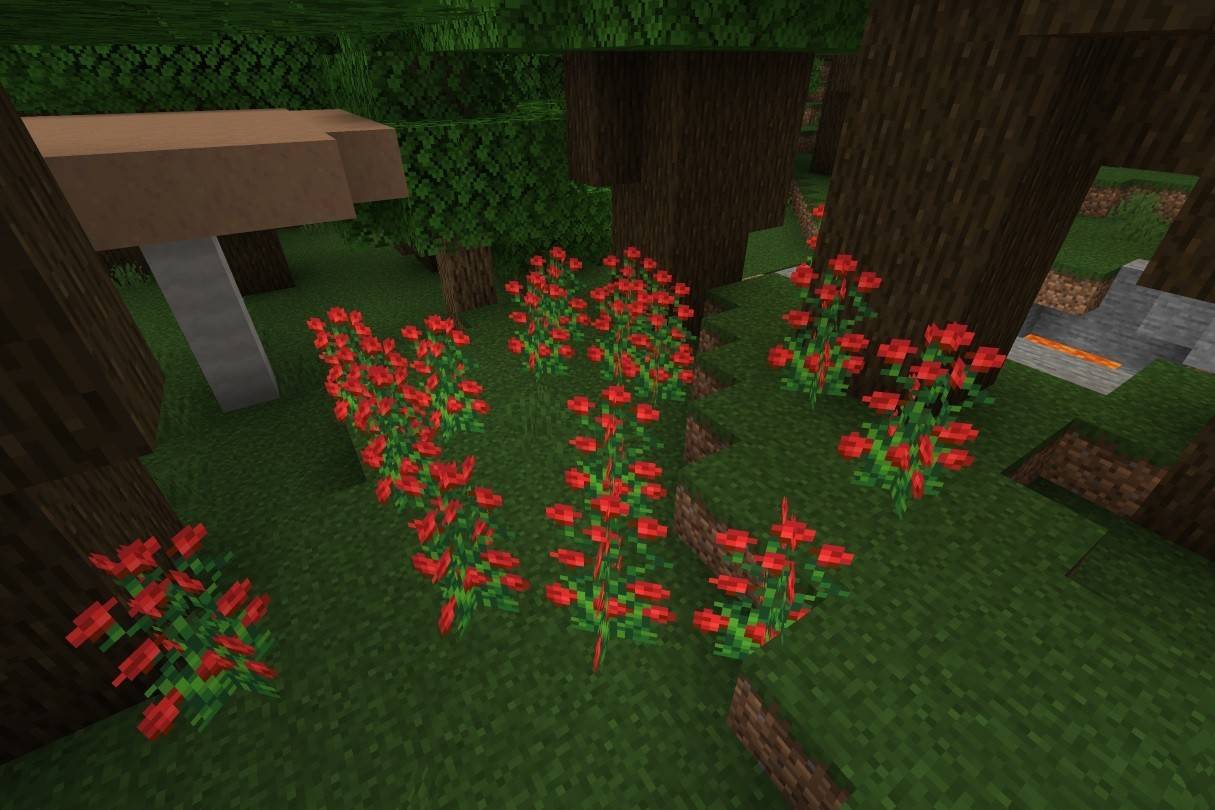 Image: ensigame.com
Image: ensigame.com
Tall, red rose bushes grace various wooded biomes. Like lilacs and sunflowers, they're among Minecraft's taller flowers. They yield red dye, useful for dyeing wool, banners, beds, and leather armor. A safe and visually appealing addition to any landscape.
Wither Rose
 Image: ensigame.com
Image: ensigame.com
The ominous wither rose doesn't grow naturally; it appears when mobs are killed by the Wither or rarely in the Nether. Touching it inflicts the Wither effect (curable with milk). It's used to create black dye, for coloring leather armor, terracotta, banners, beds, and wool, as well as firework stars and black concrete powder.
Peony Bush
 Image: ensigame.com
Image: ensigame.com
These tall, pink peony bushes flourish in woodland biomes. They create pink dye (or combine red and white dye). They can be propagated with bone meal, allowing for plentiful cultivation. Pink dye is useful for wool, stained glass, terracotta, and wolf collars.
Lily of the Valley
 Image: ensigame.com
Image: ensigame.com
The delicate Lily of the Valley, found in forests and flower forests, yields white dye. Used for coloring wool, banners, beds, terracotta, and wolf collars. White dye is also a base for creating other dyes.
Tulip
 Image: ensigame.com
Image: ensigame.com
Tulips come in red, orange, white, and pink varieties, found in plains and flower forests. Their color determines the dye they produce (red, pink, orange, or light gray), offering diverse crafting options.
Azure Bluet
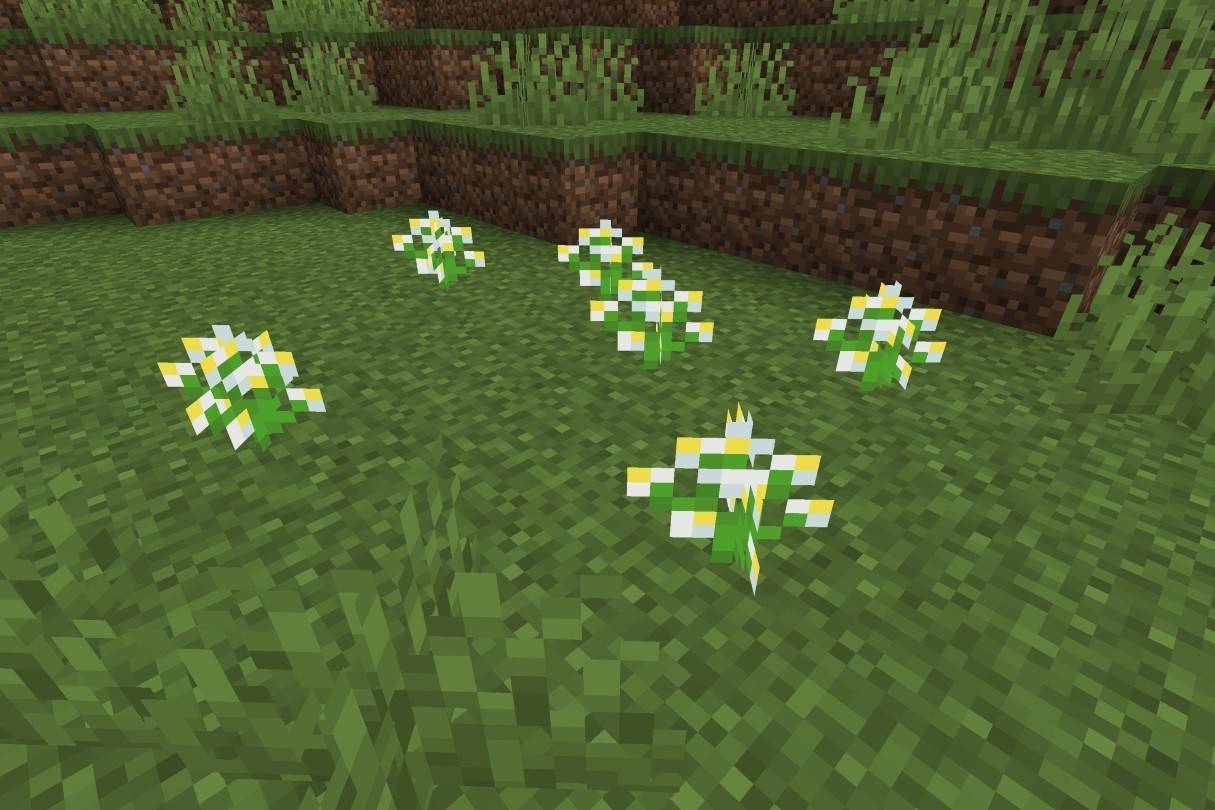 Image: ensigame.com
Image: ensigame.com
This small, white and yellow flower thrives in grasslands, sunflower plains, and flower forests. It creates light gray dye.
Blue Orchid
 Image: ensigame.com
Image: ensigame.com
A rare, vibrant flower found in swamps and taigas, the blue orchid is used to make light blue dye.
Cornflower
 Image: ensigame.com
Image: ensigame.com
Cornflowers, blue flowers found in plains and flower forests, produce blue dye for coloring wool, glass, and terracotta.
Torchflower
 Image: ensigame.com
Image: ensigame.com
Torchflowers, grown from seeds, yield orange dye. Their behavior differs slightly between Java and Bedrock editions.
Lilac
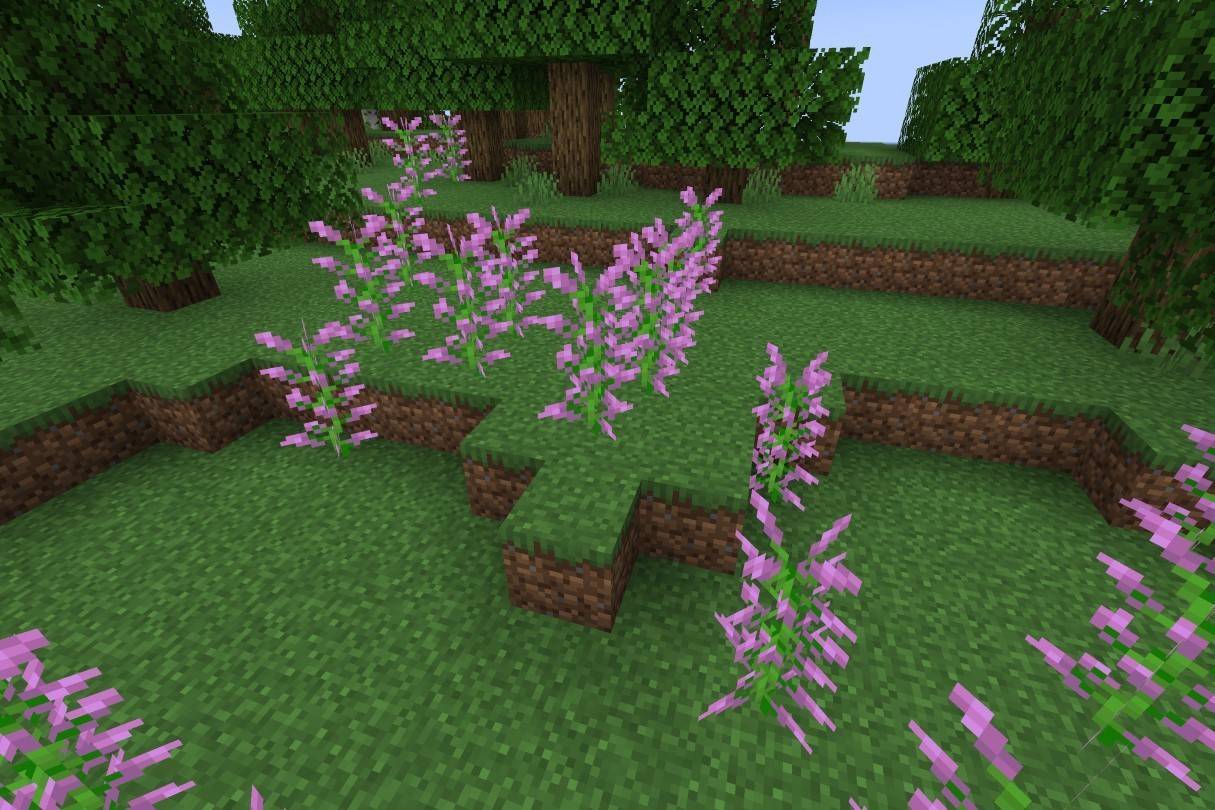 Image: ensigame.com
Image: ensigame.com
Tall, light-purple lilacs are found in various forest biomes. They produce magenta dye.
Oxeye Daisy
 Image: ensigame.com
Image: ensigame.com
The oxeye daisy, a white flower with a yellow center, found in plains biomes, creates light gray dye.
Sunflower
 Image: ensigame.com
Image: ensigame.com
Sunflowers, found in sunflower plains, produce yellow dye. Their eastward orientation makes them useful navigational aids.
These flowers offer a wealth of possibilities in Minecraft, from dyeing to decoration and beyond. Explore their unique properties and unlock their full potential!

 Latest Downloads
Latest Downloads
 Downlaod
Downlaod


![The Promise [v0.93] [Xagrim’s Gameforge]](https://images.gdnmi.com/uploads/90/1719515071667db7bfd210d.jpg)

 Top News
Top News


